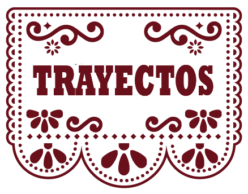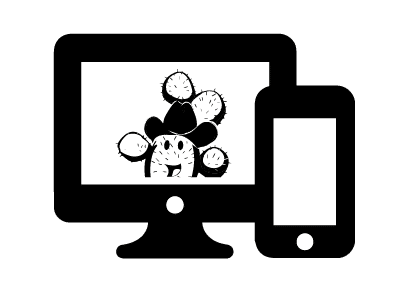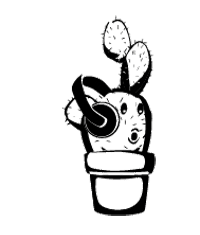 ¡Hola!
¡Hola!
Below you will find a variety of greetings you can use in Spanish. Think about some of the people in your life. What greetings would you use to greet tus amigos (your friends), tus profesores, tu mamá o tu papá? Choose different greetings, and practice them next time you see these people. 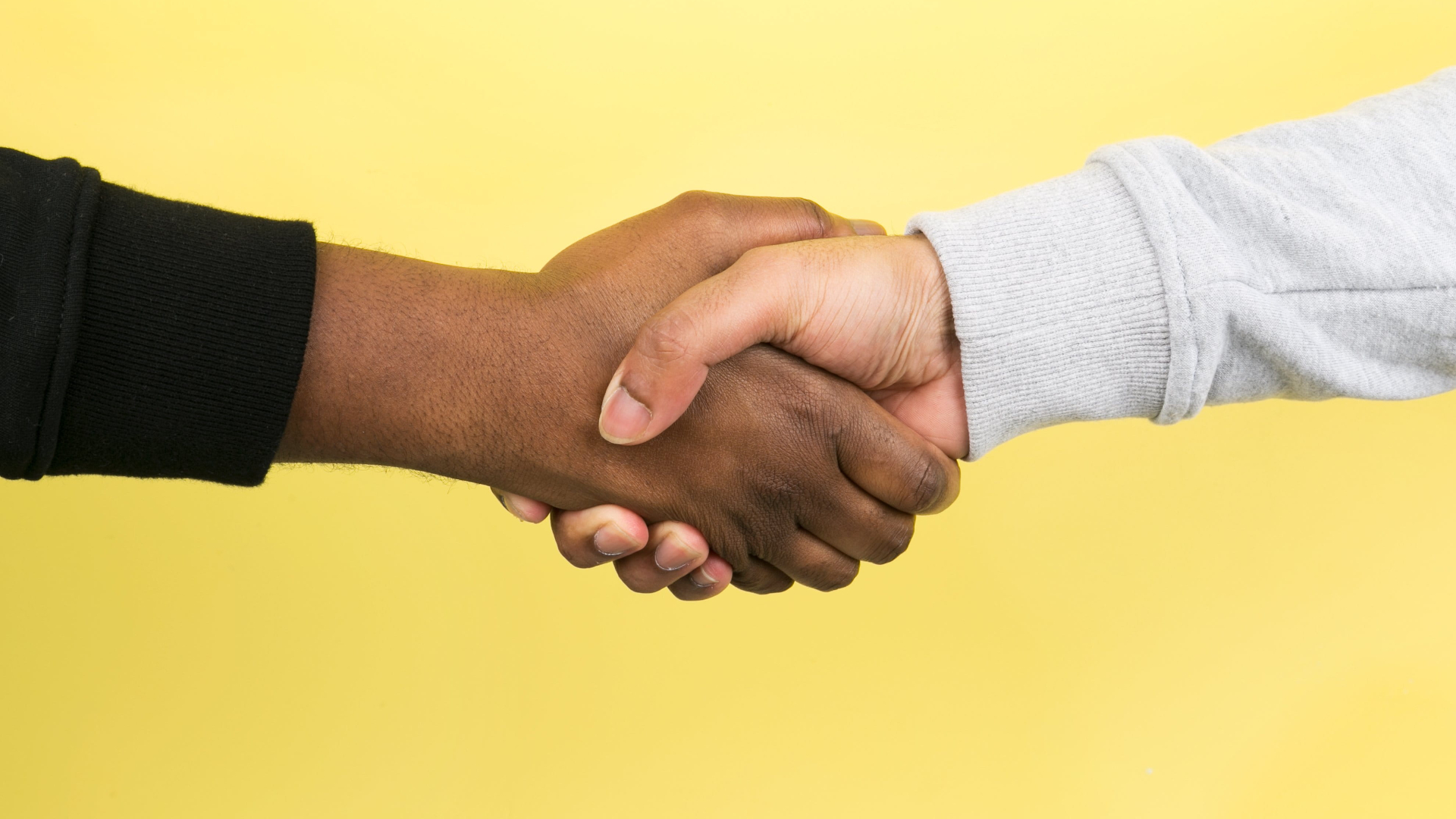
Saludamos (We greet people)
| Buenos días. | Good morning. |
| Buenas tardes. | Good afternoon. |
| Buenas noches. | Good evening / night. |
| ¡Hola! | Hi! / Hello! (informal) |
| ¿Qué tal? | What’s up? (informal) |
| ¿Qué hay? | What’s new? (informal) |
| ¿Cómo te va? | How’s it going? |
| ¿Cómo estás? | How are you? (informal) |
| ¿Cómo está usted? | How are you? (formal) |
Contestamos los saludos (We answer people’s greetings)
| (Muy) Bien, gracias. | (Very) well, thanks. |
| Bastante bien, gracias. | Pretty well, thanks. |
| Más o menos. | So-so |
| ¿Y tú? | And you? (informal) |
| ¿Y usted? | And you? (formal) |
Nos despedimos (We say goodbye)
| Chau. | Bye! (informal) |
| Adiós. | Goodbye. |
| Hasta luego. | See you later. |
| Hasta mañana. | See you tomorrow. |
| Hasta pronto. | See you soon. |
| Buenas noches. | Good night. |
| Nos vemos. | See you later. |
Conocemos a la gente (We get to know people)
| ¿Cómo te llamas? | What’s your name? (informal) |
| ¿Cómo se llama usted? | What’s your name? (formal) |
| ¿Cuál es tu nombre? | What’s your name? (informal) |
| ¿De dónde eres? | Where are you from? (informal) |
| ¿De dónde es usted? | Where are you from? (formal) |
Nos presentamos (We introduce ourselves)
| Me llamo _____. / My nombre es ________. | My name is… |
| (Yo) Soy… | I am… |
| (Yo) Soy de… | I’m from |
| Mucho gusto. | Nice to meet you. |
| El gusto es mío. / Igualmente. | The pleasure is mine. / Likewise. |
| Encantado/a. | Nice to meet you. |
![]() El cactus viajero
El cactus viajero
¿Qué onda? Yo soy el cactus viajero, and I am here to teach you interesting facts about the Spanish-speaking world. Before I start, in how many ways do you think we can say What’s up? in Spanish? Definitely more than one! Let me show you some ways young Spanish-speakers say What’s up? or What’s happening?
¿Qué hay de nuevo?
¿Qué pasa?
¿Qué hubo?
¿Cómo andas?
¿Cómo va?
¿Qué onda?
¿Qué hacés?
Google these expressions and find out where they’re used.
Now let’s actively use our new words and expressions.
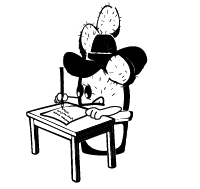 ¡Manos a la obra!
¡Manos a la obra!
![]() Actividad 0-1. Conversaciones.
Actividad 0-1. Conversaciones.
Paso 1. Have a look at the following situations, and decide whether you would use a formal or informal register. Justify your answers. In some case, both registers would be appropriate. Explain why.
- Two strangers holding a conversation on the bus.
- A patient talking with their doctor.
- You are being interviewed for a new job by your future boss.
- A young boy is having a conversation with his grandfather.
- A father is talking with his daughter/son.
- Two neighbors are talking to each other.
Paso 2. With a classmate, create short dialogues for each of the situations in Paso 1. Use Situations 1-3 and the information in Hablemos más as guidance (e.g., imagine that people are greeting each other and/or introducing themselves).
![]() Actividad 0-2. Estudiantes.
Actividad 0-2. Estudiantes.
Paso 1. Look at the image below and, with a classmate, create two different dialogues: Introductions and greetings. Use Situations 1-3 and the information in Hablemos más as guidance. 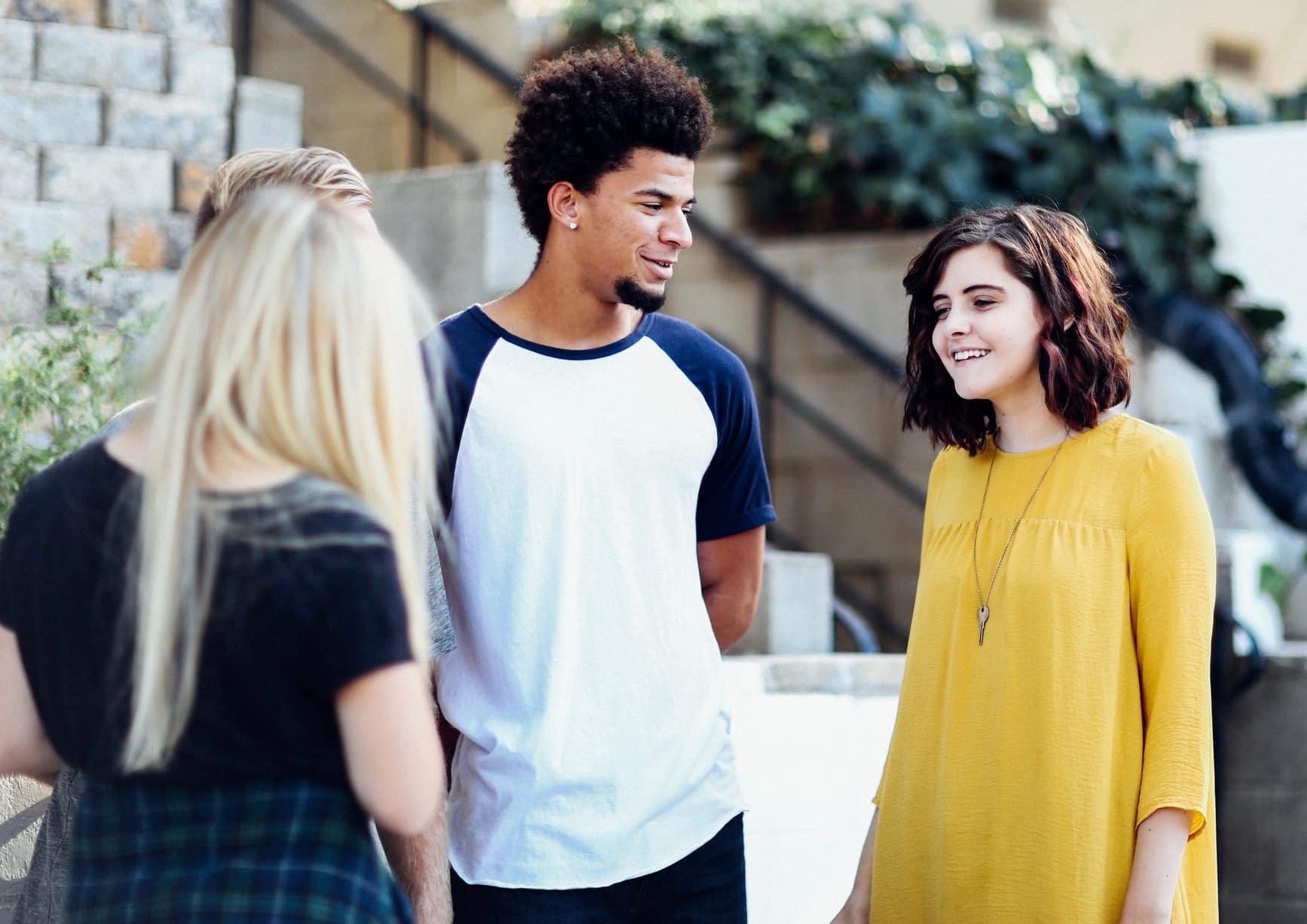
Paso 2. What register did you choose for your conversation? Why? Is this the same way you greet your friends? What other expressions can you use in Spanish? Are your classmates’ dialogues similar to yours?
![]() ¡Conversemos! In this section, you will apply what you’ve learned to communicate with your peers.
¡Conversemos! In this section, you will apply what you’ve learned to communicate with your peers.
Conversación 1. Imagine that you and your classmate meet on campus. Greet each other using the informal forms. Ask each other how you are doing. Conclude the conversation saying goodbye.
Conversación 2. You are meeting your instructor on the first day of class. Estudiante 1 (Student 1) will play the role of the student and Estudiante 2 (Student 2) will be the instructor. Greet each other using formal and/or informal forms, depending on your role. Make sure you:
- ask the other person how they are doing;
- introduce yourself;
- say where you are from. Answer each other’s questions.
Click on the following button to continue practicing your new vocabulary and structures.
Now it’s time to learn about ways in which we can talk about ourselves:
